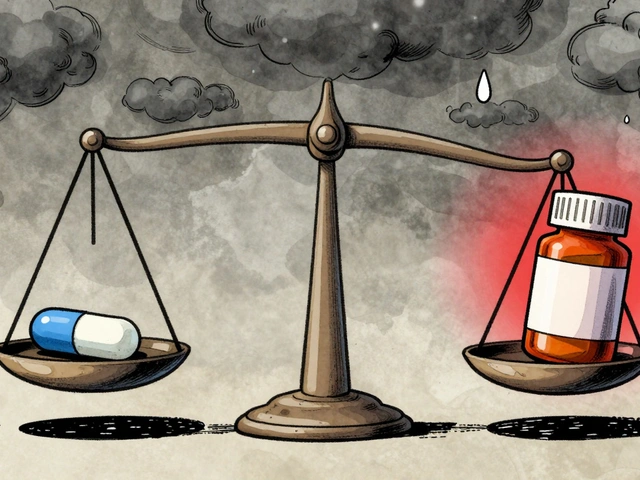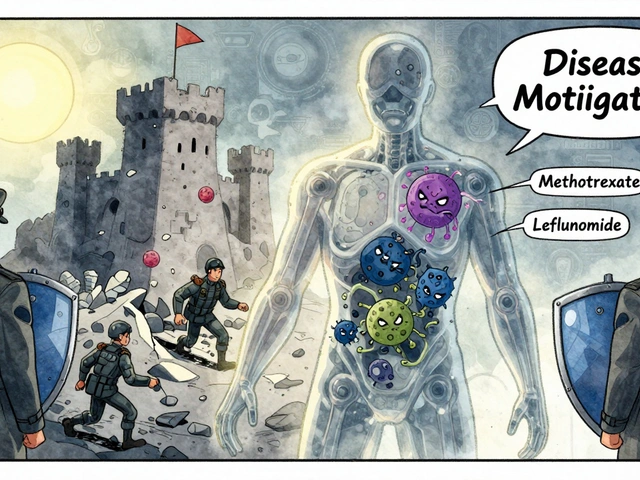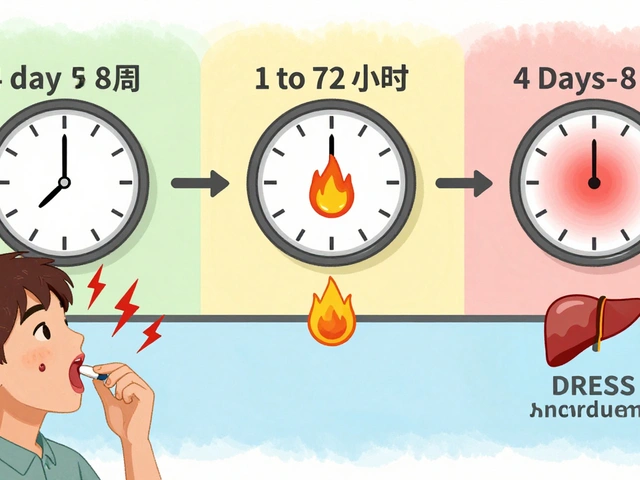Disulfiram substitutes: safer medication options and what they do
If disulfiram isn’t right for you, there are several other meds and approaches that can help reduce drinking and cravings. This page explains the main alternatives, how they work, common side effects, and quick tips for choosing one with your doctor.
Medication alternatives
Naltrexone: This is one of the most used alternatives. It blocks opioid receptors so alcohol gives less reward. Many people notice fewer cravings and fewer heavy-drinking days. Common side effects include nausea, headache, and sometimes sleep issues. Naltrexone can affect the liver, so doctors usually check liver tests first.
Acamprosate: This drug helps balance brain chemicals after you stop drinking. It’s often used to support someone who’s already stopped or is sober and wants to stay that way. Side effects are usually mild — diarrhea and tiredness are common. It’s safe for people with stable liver disease but needs dose adjustment for kidney problems.
Topiramate (off-label): Originally an anti-seizure drug, topiramate can cut cravings and reduce drinking in some people. It can cause tingling in the hands, memory or concentration problems, and weight loss. Because it’s used off-label, you’ll discuss risks and benefits carefully with your prescriber.
Nalmefene: Similar to naltrexone, nalmefene is approved in some countries for reducing heavy drinking. It can be taken as needed before drinking in some plans. Side effects are similar to naltrexone — nausea, dizziness, and sleep issues.
Non-drug options and combining treatments
Medications work best with counseling. Cognitive behavioral therapy (CBT), motivational interviewing, and peer support groups (like mutual-help groups) make meds more effective. If one med isn’t working, switching or combining therapy and medicine is common and often helpful.
How to pick the right option? Start with a frank talk with your doctor or addiction specialist. Share your drinking pattern, medical history, liver and kidney health, other meds, and pregnancy plans. That info guides the safe choice.
Quick safety tips: never mix meds with alcohol unless your doctor says it’s OK. Monitor side effects and get regular checkups. If you use online pharmacies, only use licensed services that require a prescription and show a clear contact and license info.
Bottom line: disulfiram isn’t the only path. Naltrexone and acamprosate are the main FDA-approved alternatives, with topiramate and nalmefene used in some cases. Therapy and support improve outcomes. Talk with a clinician to find the best, safest plan for you.

Best Disulfiram Alternatives: Comparing Efficacy, Safety, and Costs for Relapse Prevention
What actually works if you can’t or won’t take disulfiram (Antabuse)? This detailed guide looks at leading substitutes for disulfiram, weighing up their real-world effectiveness, what side effects you have to watch for, and how much they’ll hit your wallet. From naltrexone to acamprosate, we go far past the usual advice, laying out the gritty facts and practical tips so you can make a better-informed decision in partnership with your doctor.
View More




